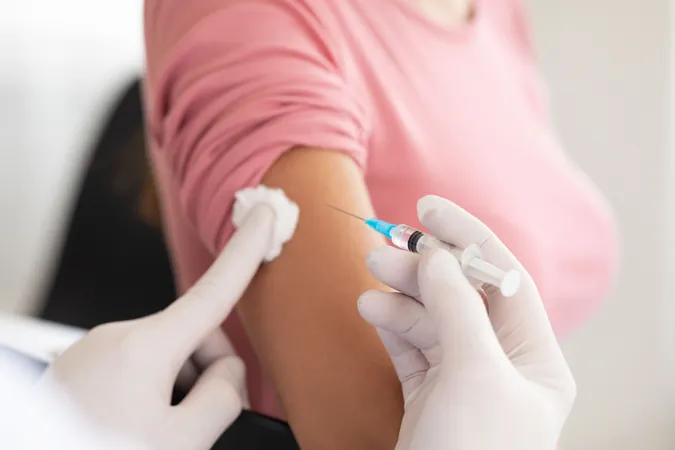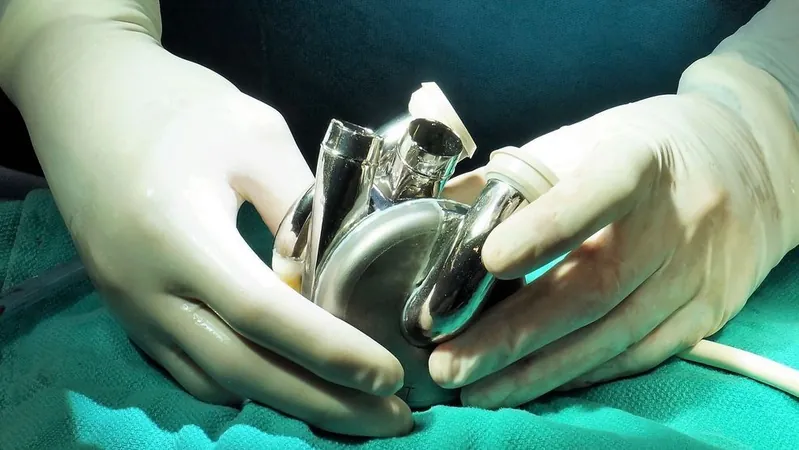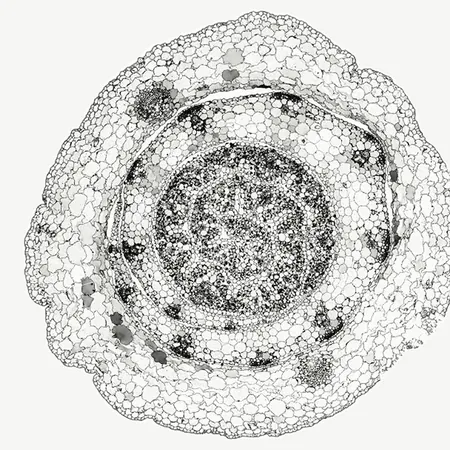
Gardasil 4: The Game-Changer in Cervical Cancer Prevention for HIV-Positive Women!
2024-11-21
Author: John Tan
Groundbreaking Study Findings
In a groundbreaking study published in the International Journal of Cancer, researchers have found that the HPV vaccine Gardasil 4 is the most cost-effective method for preventing cervical cancer among women living with HIV, particularly those aged 18 to 45. This revelation is crucial as women in this demographic are not only at a higher risk of contracting HPV but also face a cervical cancer risk that is six times greater than women without HIV.
Importance of ART Adherence
The study emphasizes the importance of antiretroviral therapy (ART) adherence, which not only can enhance the effectiveness of the HPV vaccine but also reduce overall health risks. With approximately 15.6% of women in China estimated to be infected with HPV, this issue becomes a pressing concern for both public health and individual safety.
Economic Viability Analysis
Using a sophisticated decision-analytic Markov model, the researchers examined various vaccination strategies for their economic viability from a healthcare perspective. Participants were divided into groups based on their CD4 T-cell counts, which are critical in determining immune system health. The analysis also included evaluating the outcomes of 27 different vaccination strategies, consisting of three approved vaccines and variations thereof, aimed at diverse age groups.
Alarming Statistics
Shocking statistics emerged from the model: if no vaccination strategies are implemented in a cohort of 100,000 women living with HIV, a staggering 51.99% would succumb to HIV-related complications, and 35.10% would develop genital warts. Moreover, about 0.36% would develop cervical cancer, with 63.66% of those ultimately losing their lives to the disease. This scenario would incur negligence-related costs amounting to $7.51 million for HPV management and an eye-watering $3.34 billion for HIV treatment.
Cost-Effectiveness of Vaccination Strategies
On the brighter side, introducing HPV vaccination strategies could add between $0.20 million and $42.83 million in costs but promises to yield an impressive gain of 6 to 989 quality-adjusted life-years (QALYs). Strategies that favored universal vaccination campaigns proved to be the most effective economically, with Gardasil 4 for all HIV-positive women aged 18 to 45 representing the optimal choice—boasting an incremental cost-effectiveness ratio (ICER) of $32,766 for each QALY gained.
Potential Reductions in Health Risks
Notably, vaccinating this demographic could lead to significant reductions: an estimated 35.52% decrease in genital warts, 12.96% in cervical cancer cases, and a 12.39% reduction in deaths due to cervical cancer. Moreover, if ART adherence were to reach 100%, the cost-effectiveness of all strategies would see a surge from 40.94% to 65.35%.
Study Limitations
However, the study is not without its drawbacks. Several critical factors were not consider—such as prevalence parameters for HPV-related diseases, potential vaccine cross-protection, herd immunity effects, and the interplay between HPV infections and HIV progression. The study's estimations might also suffer due to their reliance on data from the wider population rather than specifically on HIV-positive women, suggesting potential overestimations in vaccine efficacy.
Conclusion
In conclusion, the research strongly supports the adoption of Gardasil 4 as the most effective preventive measure against cervical cancer and genital warts for women living with HIV ages 18 to 45. Surely, as adherence to ART improves, the strategy's cost-effectiveness will soar, making it a beacon of hope for countless women grappling with HIV and its associated risks.




 Brasil (PT)
Brasil (PT)
 Canada (EN)
Canada (EN)
 Chile (ES)
Chile (ES)
 España (ES)
España (ES)
 France (FR)
France (FR)
 Hong Kong (EN)
Hong Kong (EN)
 Italia (IT)
Italia (IT)
 日本 (JA)
日本 (JA)
 Magyarország (HU)
Magyarország (HU)
 Norge (NO)
Norge (NO)
 Polska (PL)
Polska (PL)
 Schweiz (DE)
Schweiz (DE)
 Singapore (EN)
Singapore (EN)
 Sverige (SV)
Sverige (SV)
 Suomi (FI)
Suomi (FI)
 Türkiye (TR)
Türkiye (TR)